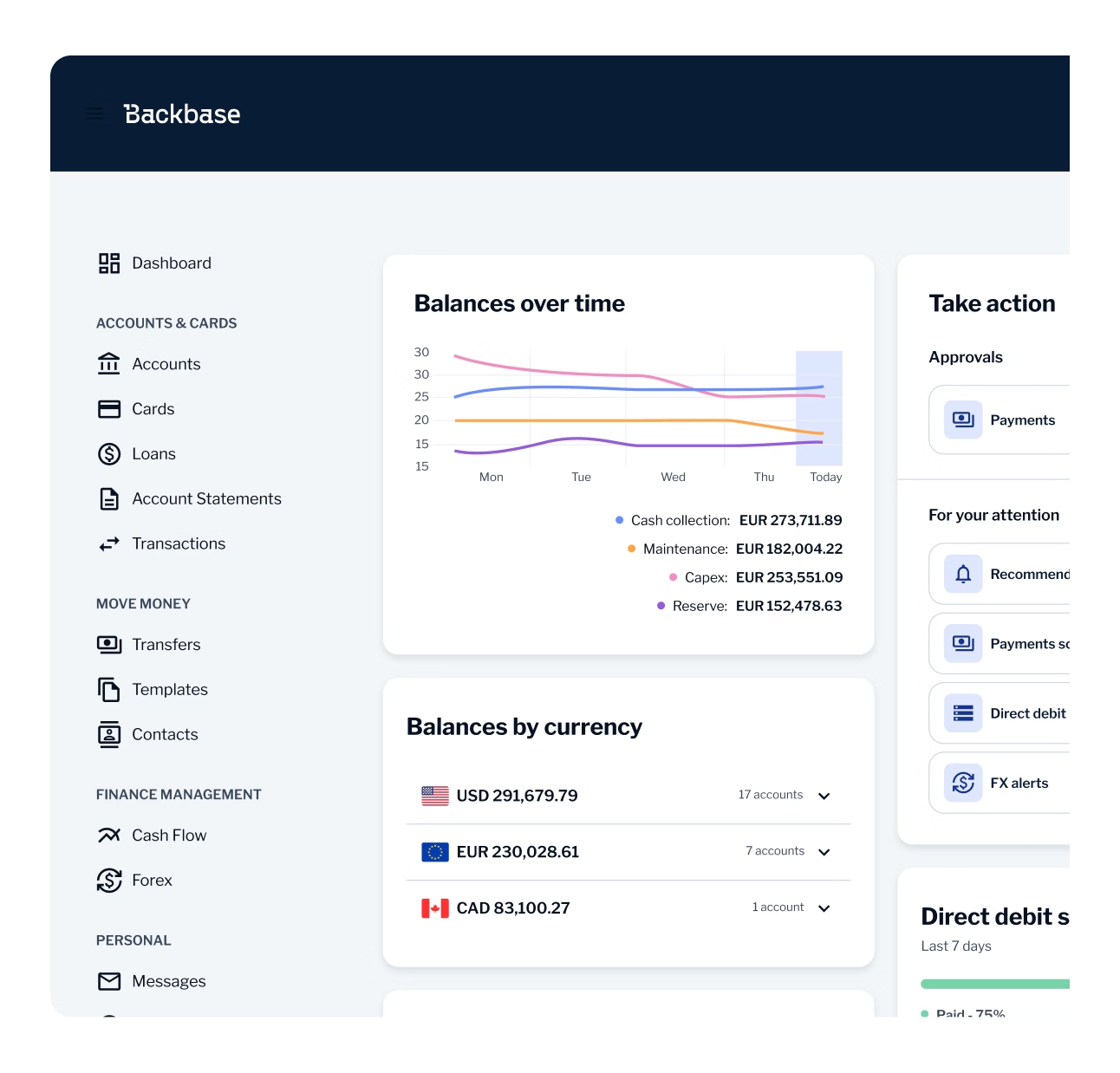Backbase
Getting Up to Speed: Indonesia’s unbanked population to be halved by 2025
Digital banks in APAC experienced over 300% customer base growth in 2020/2019, compared to traditional incumbents.


Beyond regulations and compliance, banking players in the country will look to incorporate emerging technologies such as artificial intelligence (AI) to drive revenue and customer engagement. Indonesia’s banks are accelerating investments into technology to meet challenges to their market share from fintechs and digital lifestyle platforms, as revealed in the second edition of the Fintech and Digital Banking 2025 (Asia Pacific) IDC InfoBrief, commissioned by Backbase.
Digital banking fitness has been the key factor in the resiliency of financial institutions and being able to recover from pandemic-related setbacks and to address the changing needs of bankable customers. The InfoBrief highlighted that Indonesia’s unbanked population is expected to be cut by half to under 20% by 2025. Digital banks across Asia Pacific (APAC) enjoyed three times the growth in customer bases in 2020/2019, compared to traditional banks. Incumbent banks have also had to accommodate at least a 50% growth in the quantity of digital customer transactions and interactions. It is expected that organizations will reinvigorate digital transformation initiatives and undertake a comprehensive realignment of customer engagement projects.
New competition in an evolving banking landscape
Incumbents and new entrants alike will be jockeying for market share, and will look to compete on the basis of being digital-first. While the APAC banking landscape saw the departure of some neo banks and fintechs due to COVID-19 challenges, we will still see 100 new challengers across the region by 2025, according to IDC. With new challengers presenting stronger post-pandemic propositions, there will be at least two digital banks in every APAC market that will pose a significant challenge to incumbents.
Some fintechs that had gained sufficient size by 2019 also found success, gaining more market share than expected. Fintech categories that have typically shown success include payments, wealth advisory, alternative data, lending platforms, and account origination.
Traditional banks double down on digital
Meanwhile, traditional banks are increasingly focused on responding to changing consumer behaviours. IDC predicts that 40% of Indonesia’s bankable customers will go through direct onboarding, electronic KYC, or third-party onboarding by 2025. At the same time, Tier 1 and Tier 2 Indonesian banks will operate within at least five lifestyle ecosystems. Indeed, digital banks across APAC saw three times the growth in their customer bases compared to traditional banks in 2020/2019.
Innovation initiatives are expected to re-accelerate in 2021 and will most likely have a higher chance of success as banks restructure their agile and DevOps teams. 50% of Tier 1 banks already have agile frameworks in place. Investments in digital channels have paid off: banks have growing strength to acquire new customers, expand share of wallet, and push more products. 44% of the top 250 banks in APAC will leverage platforms with componentized modernization and API-enablement. Technology spending on governance, risk, and compliance saw double-digit growth in 2020/2019, while other areas of investment lagged behind.
Growth priorities for 2025
One result of the economic downturn is a more humanistic type of customer centricity, as banks needed to communicate with customers in empathetic, trustworthy and reliable ways that are complemented by digital innovations. There has been an increased integration of human agents into customer engagement strategies, as contact centres saw surges in usage.
The latest edition of Fintech and Digital Banking 2025 (APAC) found that 60% of banks in Asia Pacific will leverage artificial intelligence (AI) or machine learning (ML) technologies for data-driven decisions, compared to 48% from the previous year.
A back-to-basics trend has also overtaken the need for new revenue sources. In the post-pandemic Indonesia financial services spaces, IDC estimates that top Indonesia banks will be looking at a 10% reduction in capex to maintain core systems, including multichannel systems. Similarly, banks across the APAC region will be focusing on digitalizing their core business of lending with some focus, subsequently, on deposits. New capabilities will be acquired from fintech partners: IDC predicts by the middle of 2021, 50% of lending decisions in retail banking will be supported by fintech propositions, underscoring accelerating bank-fintech collaboration.¹
With pressure from fintechs and digital lifestyle platforms mounting, Indonesia’s incumbent banks are recognising the need to invest into technology. By investing into modular architecture, it will be possible for market players to create and alter processes, products, or channels as needed, and better match the changing needs of Indonesia’s banking population. Backbase is committed to helping Indonesia’s financial institutions achieve their digital goals and create future-proof digital banking platforms.
Riddhi Dutta
Regional Director for ASEAN & South Asia, Backbase
Michael Araneta, Associate Vice-President of IDC Financial Insights, Asia Pacific added:
“The events of 2020 have shown the resilience of the financial services industry, and that organizations must refocus their efforts on becoming even more customer-driven and platform-oriented. The insights from this report will help banks, neobanks and fintechs identify key areas of investment in preparation for 2025 and beyond.”
About the IDC InfoBrief
This study is based on IDC Financial Insights’ review of digital banking strategies of 65 banks from key Asia/Pacific markets that represent more than 65% of the total share of assets in each market. The study also looked at 100 challenger banks and fintechs under the Challenger Bank Program of IDC Financial Insights Asia/Pacific. The study was conducted in 4Q2020-1Q2021. IDC also made reference to its reports on Digital Banking from the past five years to understand the evolution of digital banking strategies.
Download the InfoBrief here: www.backbase.com/fintech-and-digital-banking-2025

Backbase is on a mission to put bankers back in the driver’s seat — fully equipped to lead the AI revolution and unlock remarkable growth and efficiency. At the heart of this mission is the world’s first AI-powered Banking Platform, unifying all servicing and sales journeys into an integrated suite. With Backbase, banks modernize their operations across every line of business — from Retail and SME to Commercial, Private Banking, and Wealth Management.
Recognized as a category leader by Forrester, Gartner, Celent, and IDC, Backbase powers the digital and AI transformations of over 150 financial institutions worldwide. See some of their stories here.
Founded in 2003 in Amsterdam, Backbase is a global private fintech company with regional headquarters in Atlanta and Singapore, and offices across London, Sydney, Toronto, Dubai, Kraków, Cardiff, Hyderabad, and Mexico City.

